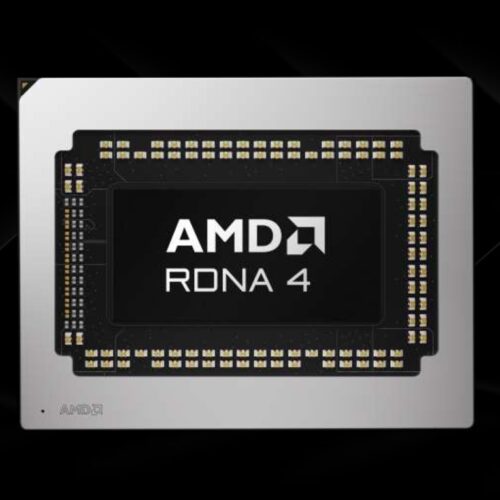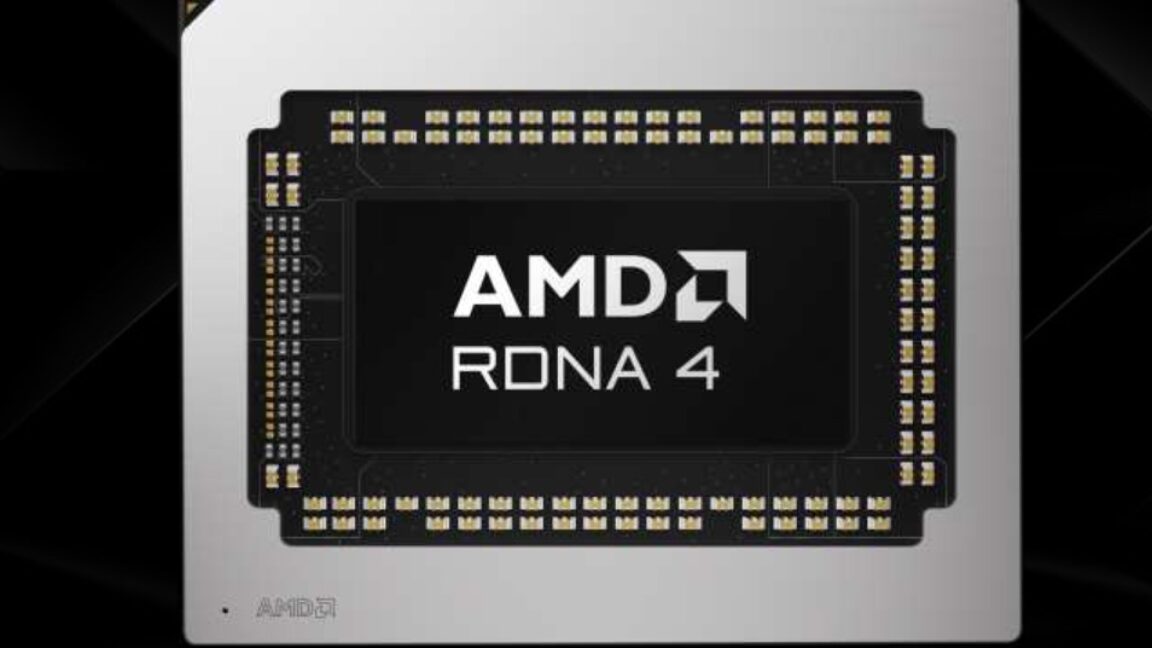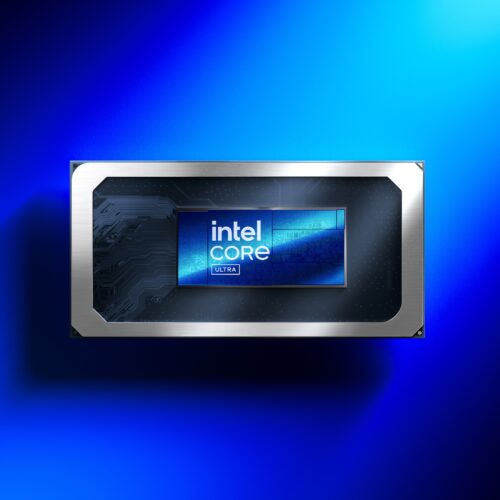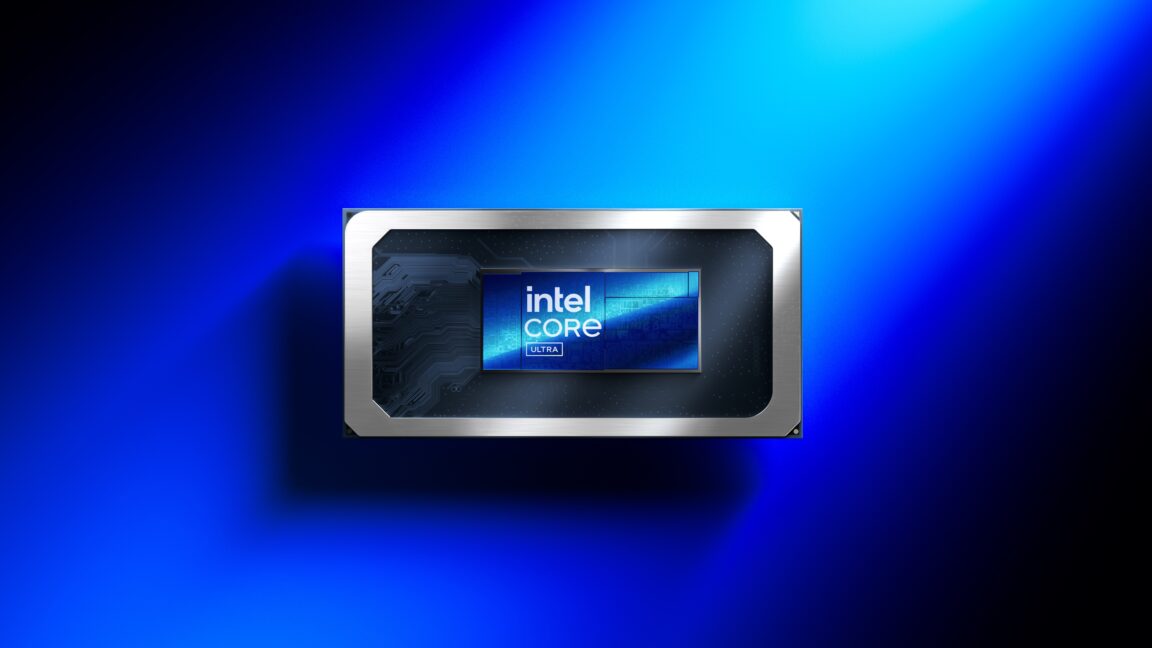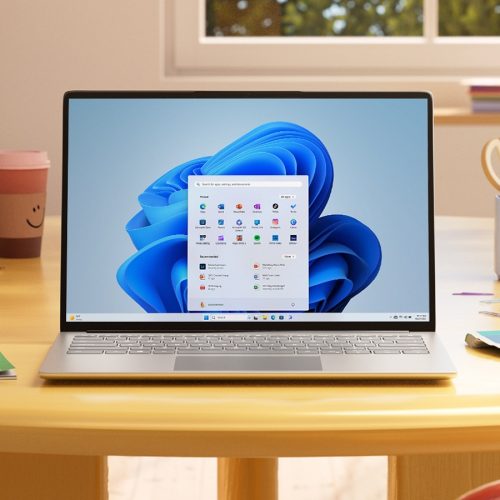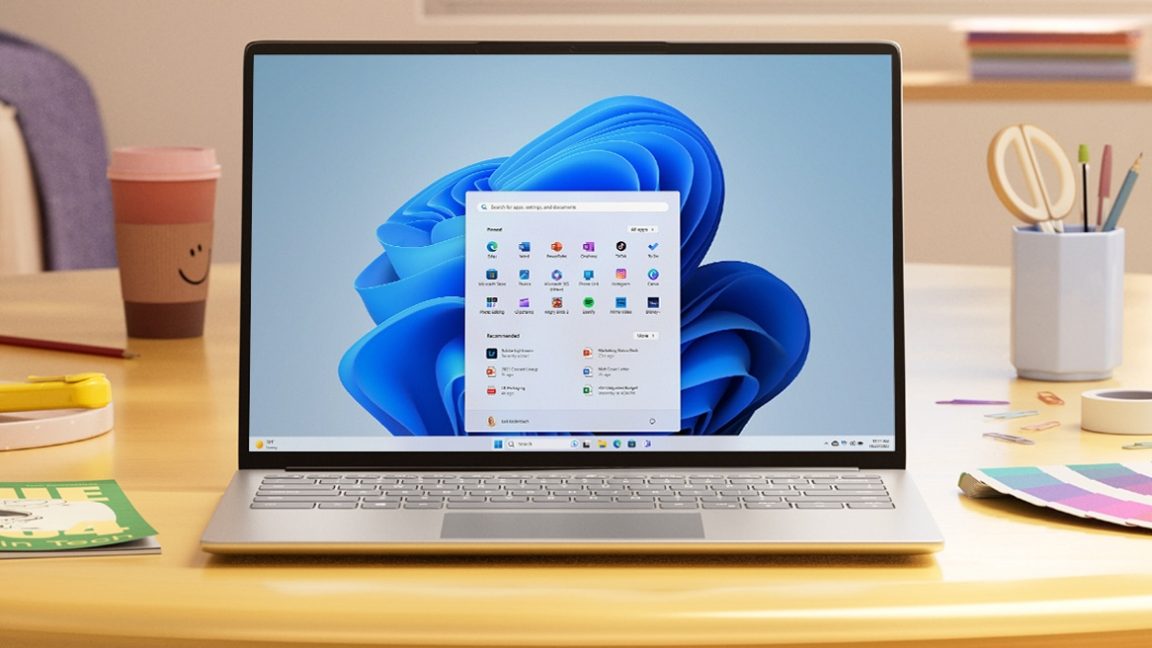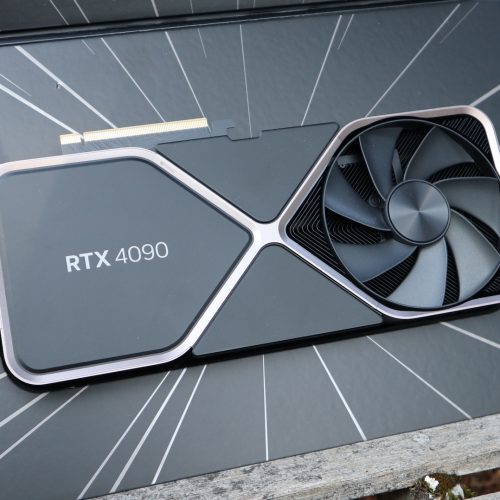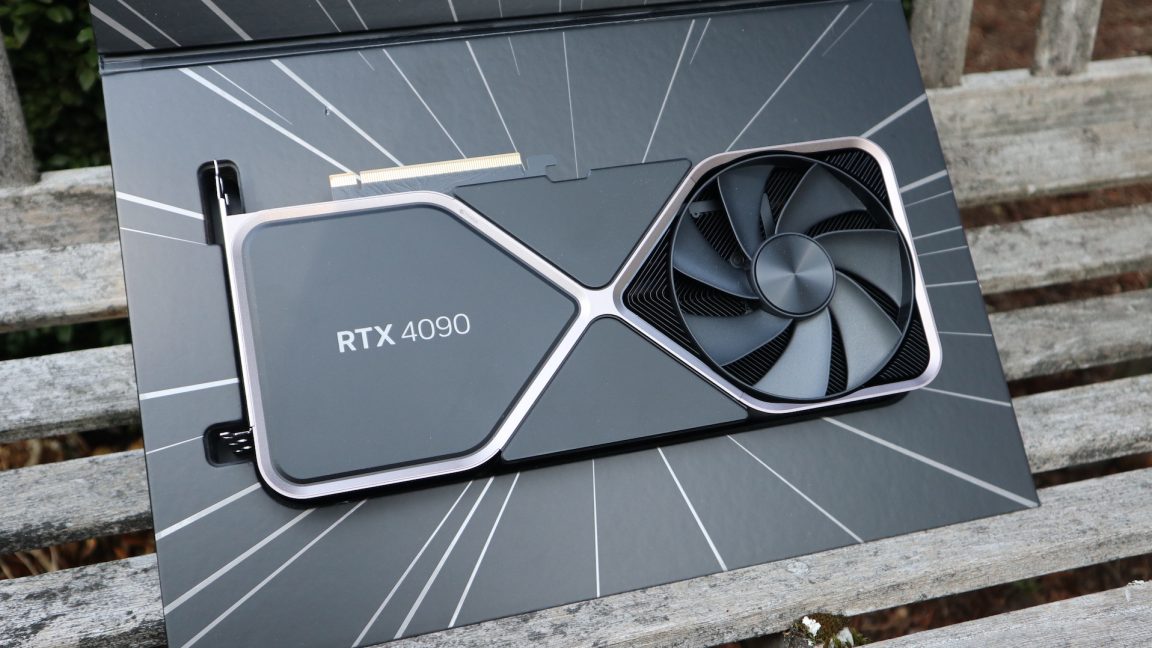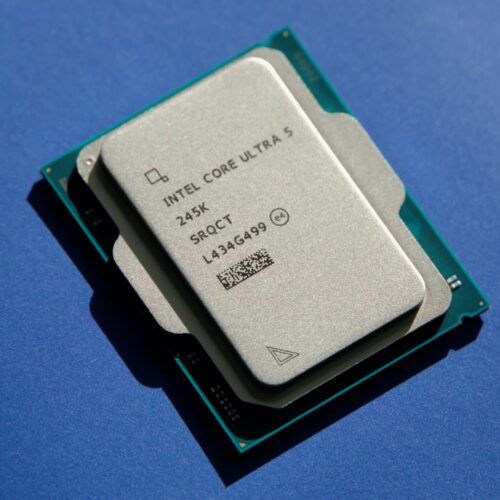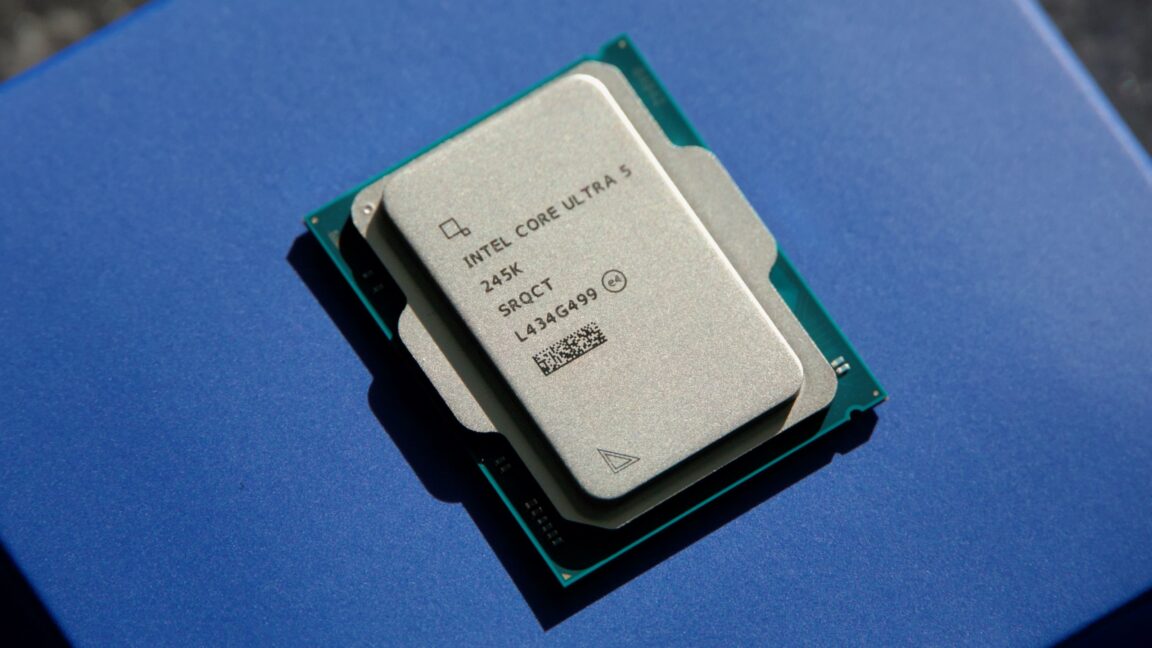Apple Intelligence, previously opt-in by default, enabled automatically in iOS 18.3
Apple has sent out release candidate builds of the upcoming iOS 18.3, iPadOS 18.3, and macOS 15.3 updates to developers today. But they come with one tweak that hasn't been reported on, per MacRumors: They enable all of the AI-powered Apple Intelligence features by default during setup. When Apple Intelligence was initially released in iOS 18.1, the features were off by default, unless users chose to opt-in and enable them.
Those who still wish to opt out of Apple Intelligence features will now have to do it after their devices are set up by navigating to the Apple Intelligence & Siri section in the Settings app.
Apple Intelligence will only be enabled by default for hardware that supports it. For the iPhone, that's just the iPhone 15 Pro series, iPhone 16 series, and iPhone 16 Pro series. It goes further back on the iPad and Mac—Apple Intelligence works on any model with an M1 processor or newer.
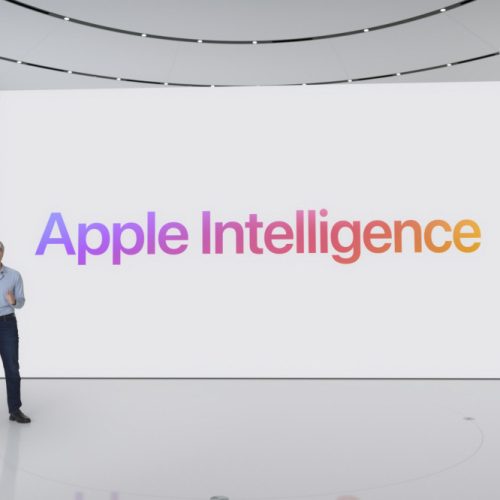
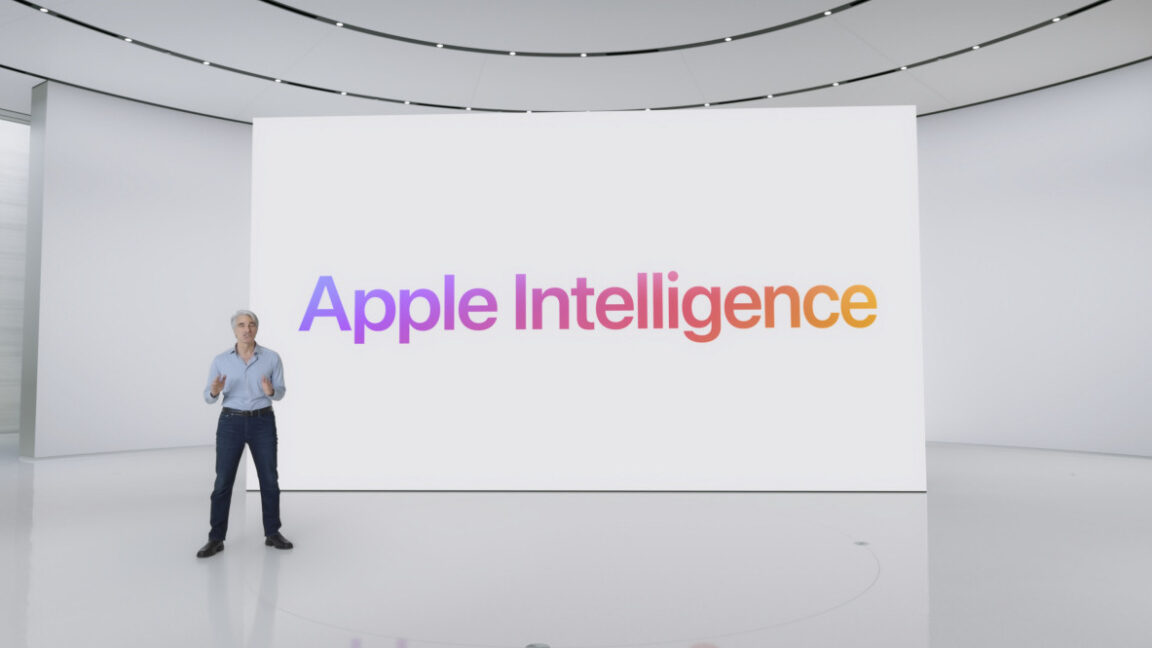
© Apple




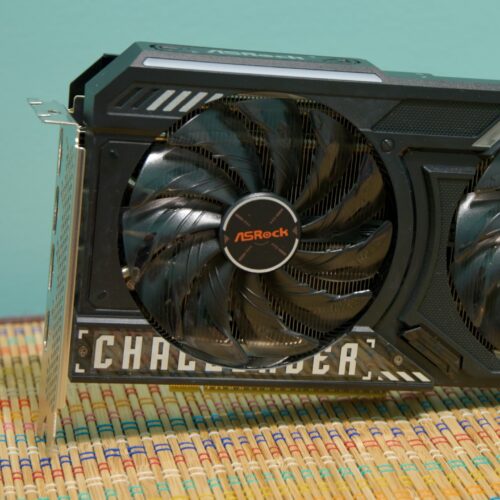
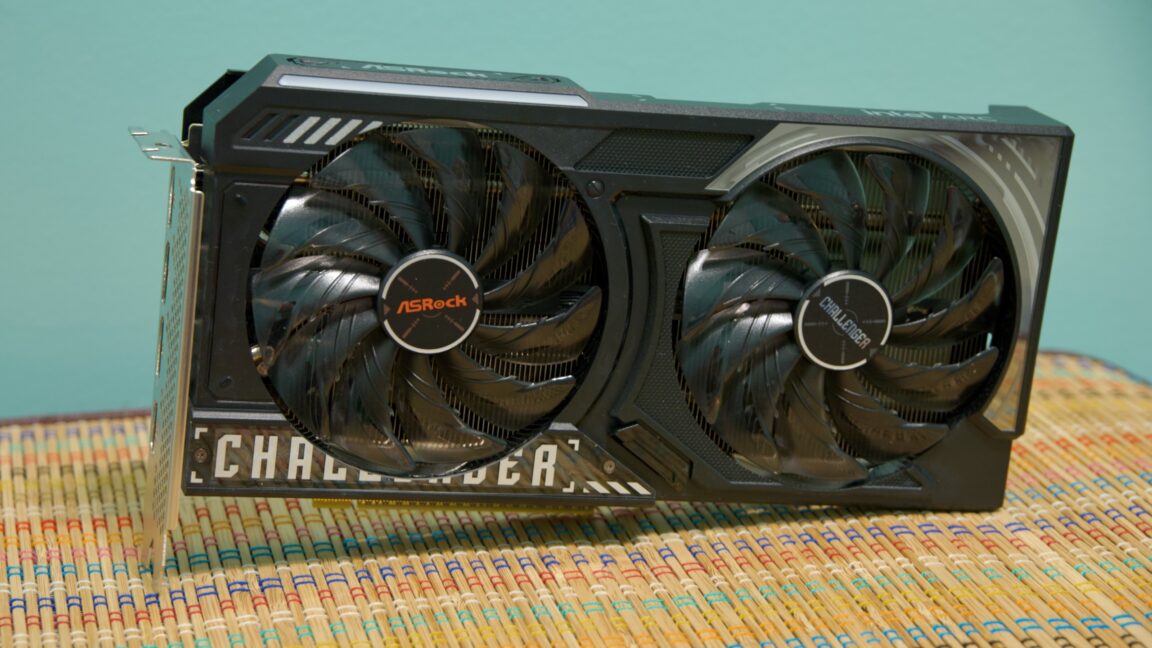
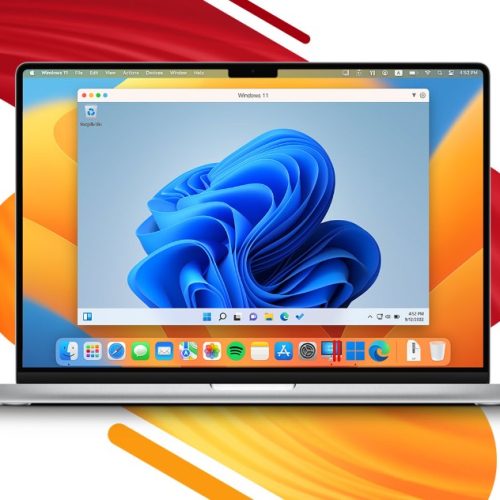
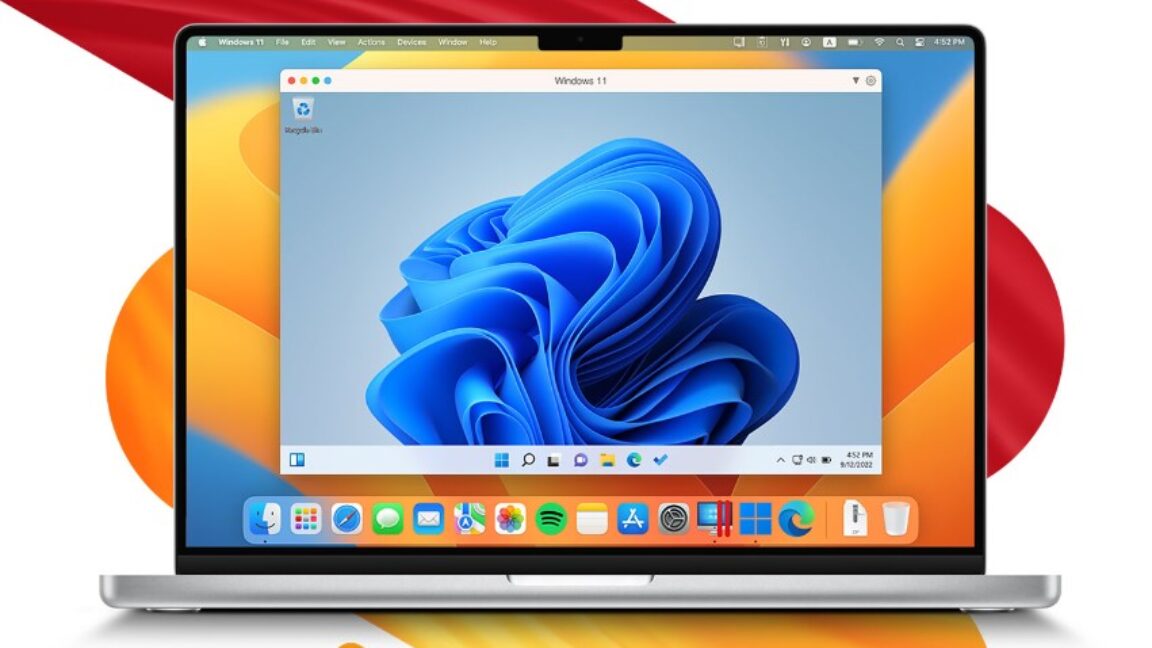


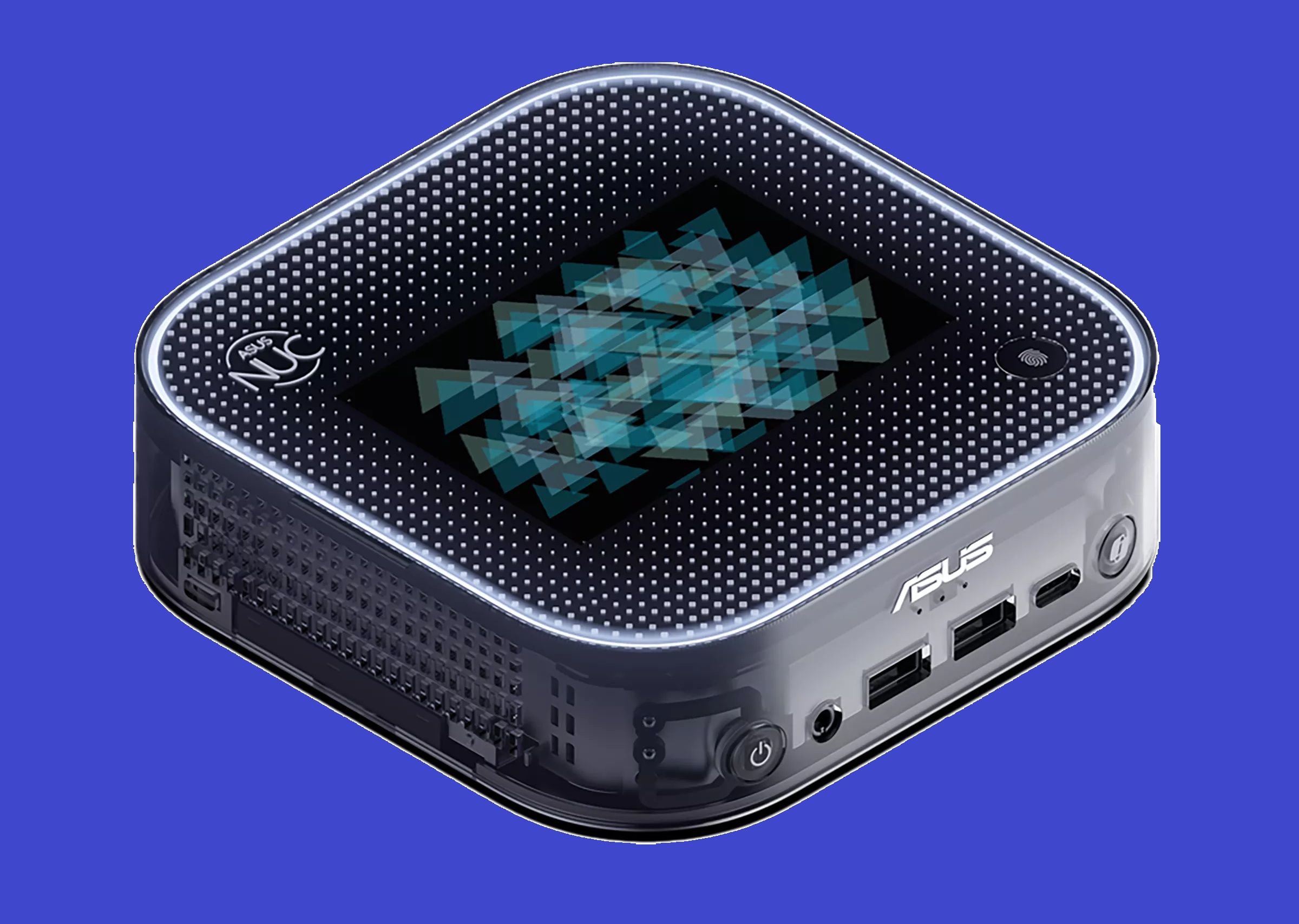 The NUC 14 Pro AI+ finds a way to combine E-Ink, AI, and turn-of-the-millennium translucent plastic into a single device.
Credit:
Asus
The NUC 14 Pro AI+ finds a way to combine E-Ink, AI, and turn-of-the-millennium translucent plastic into a single device.
Credit:
Asus
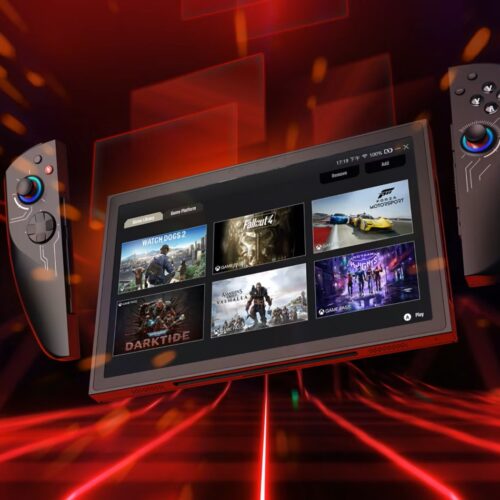
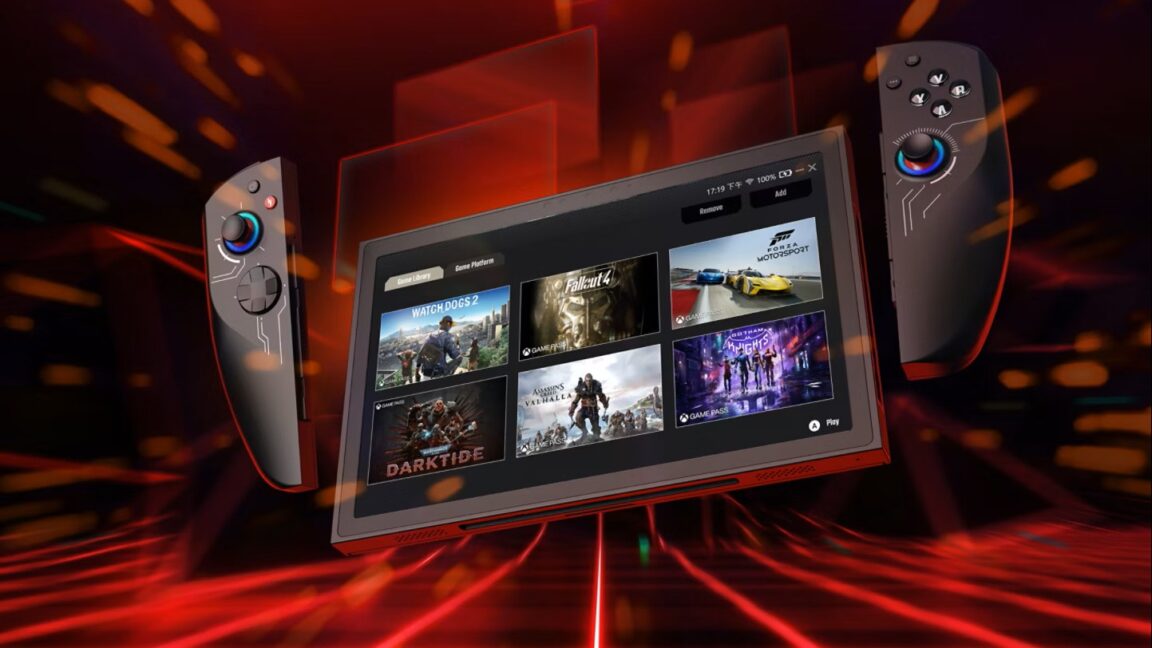
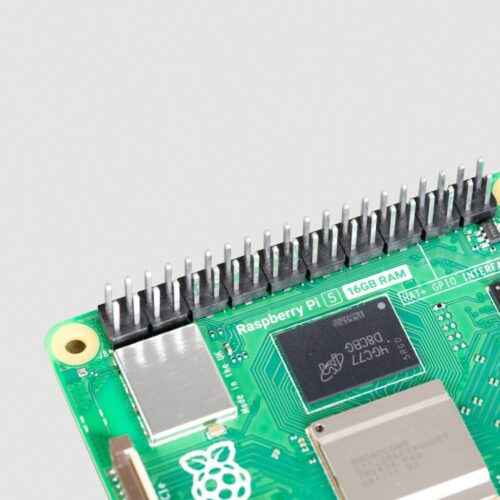
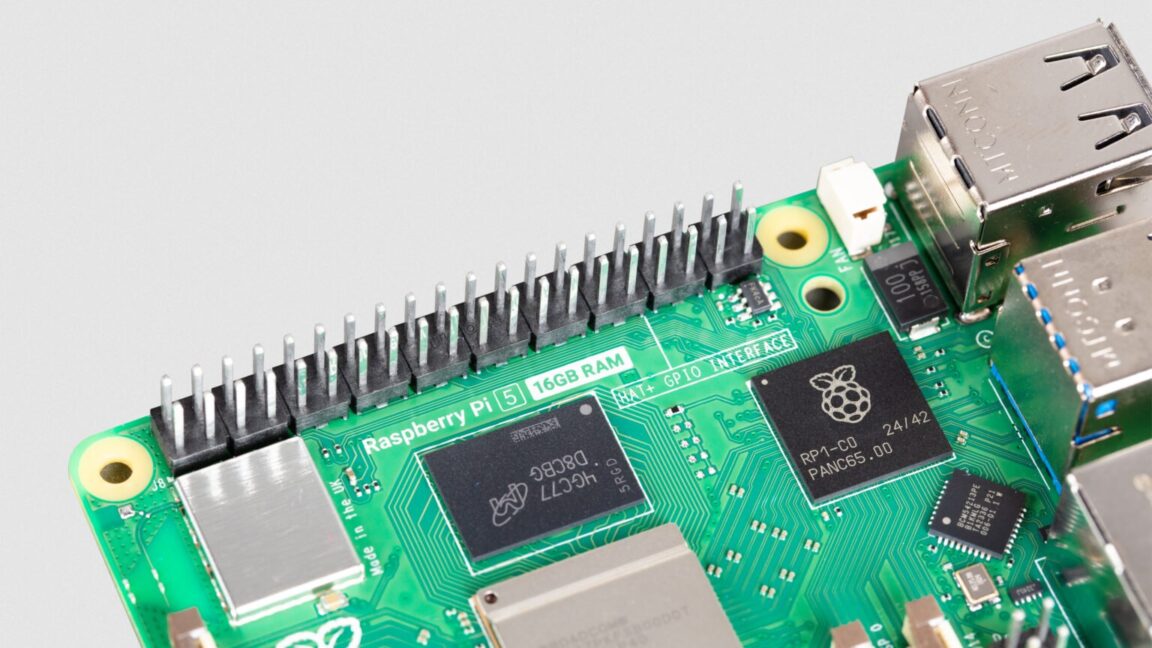
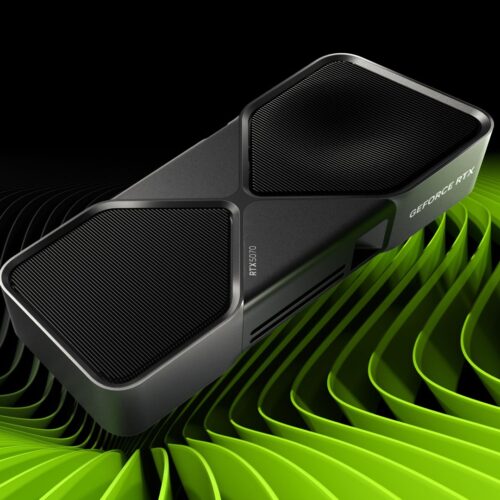
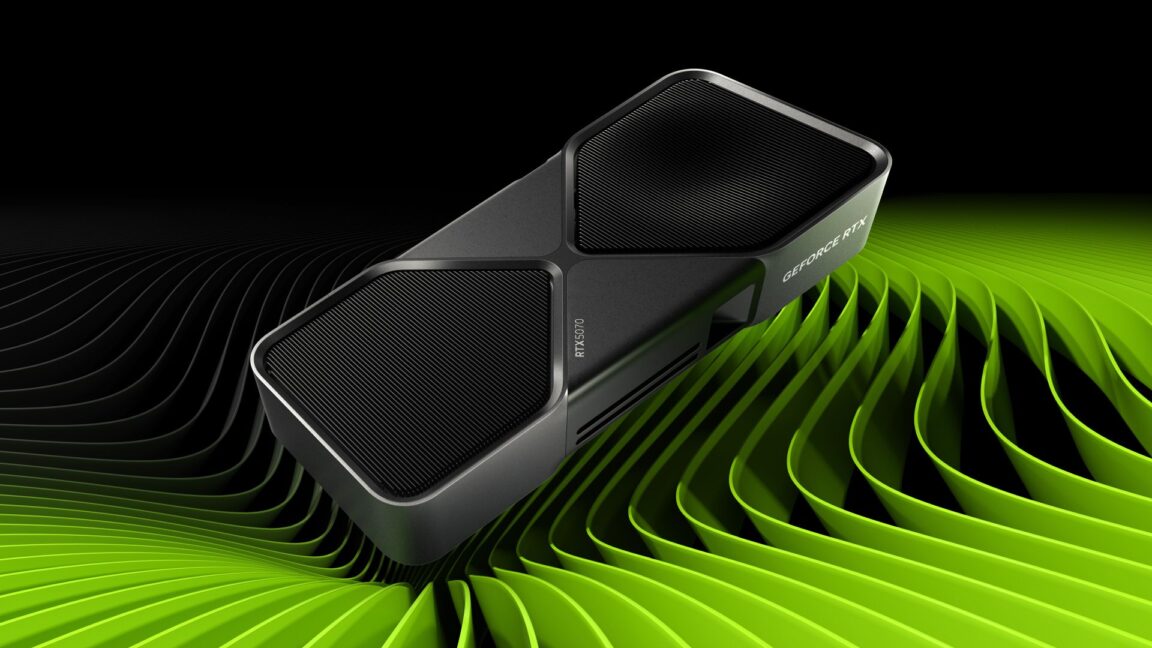

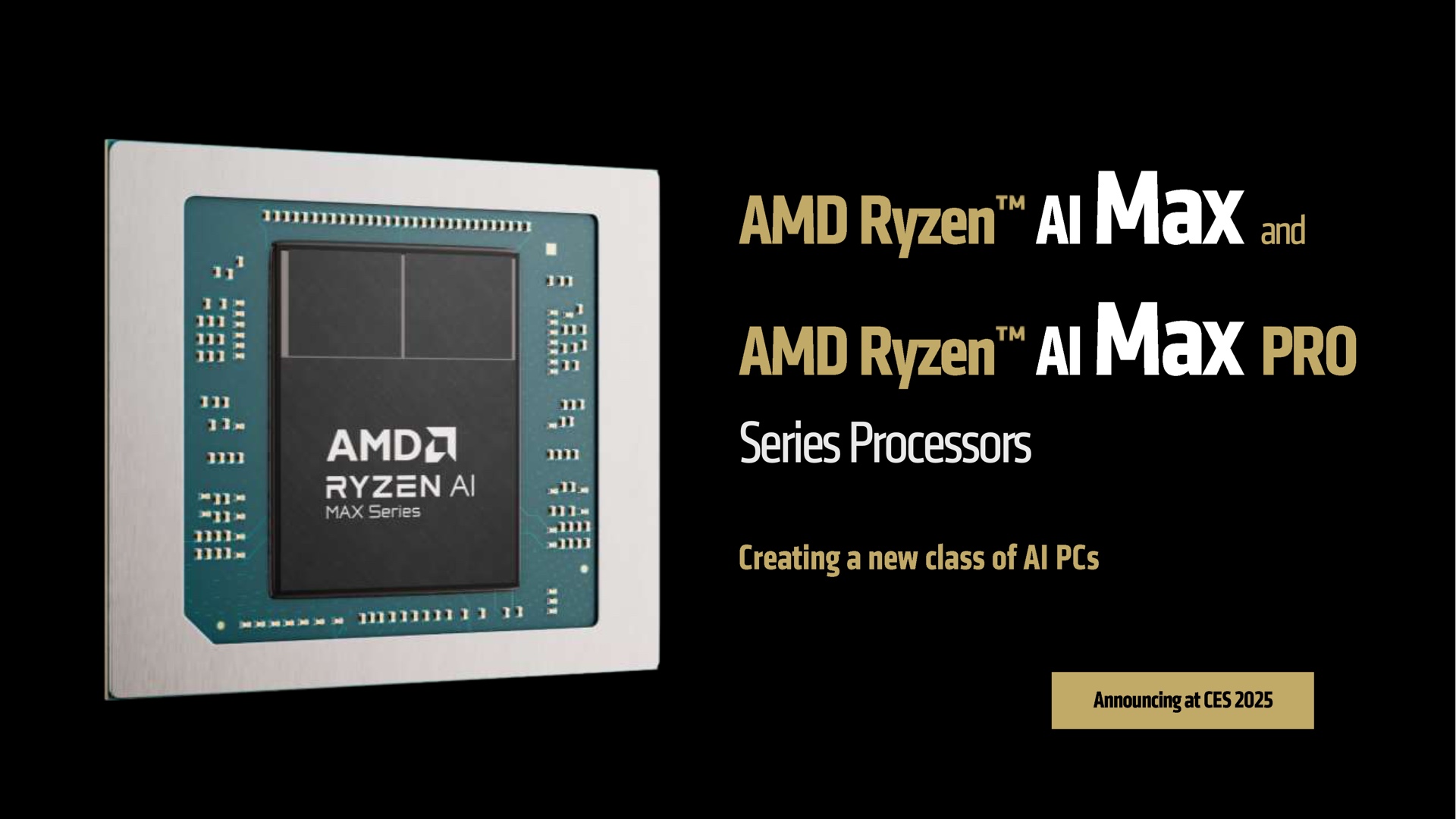 Ryzen AI is back, with Max and Max+ versions that include huge integrated GPUs.
Credit:
AMD
Ryzen AI is back, with Max and Max+ versions that include huge integrated GPUs.
Credit:
AMD
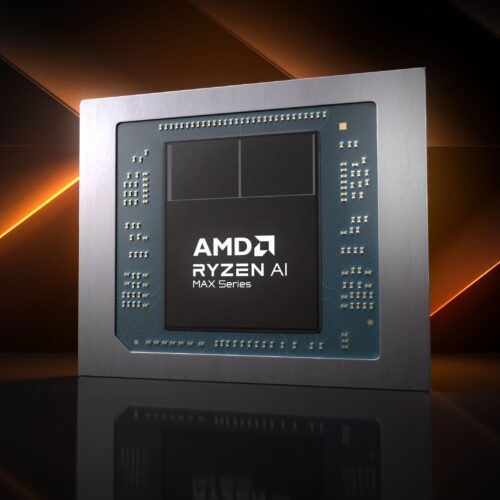
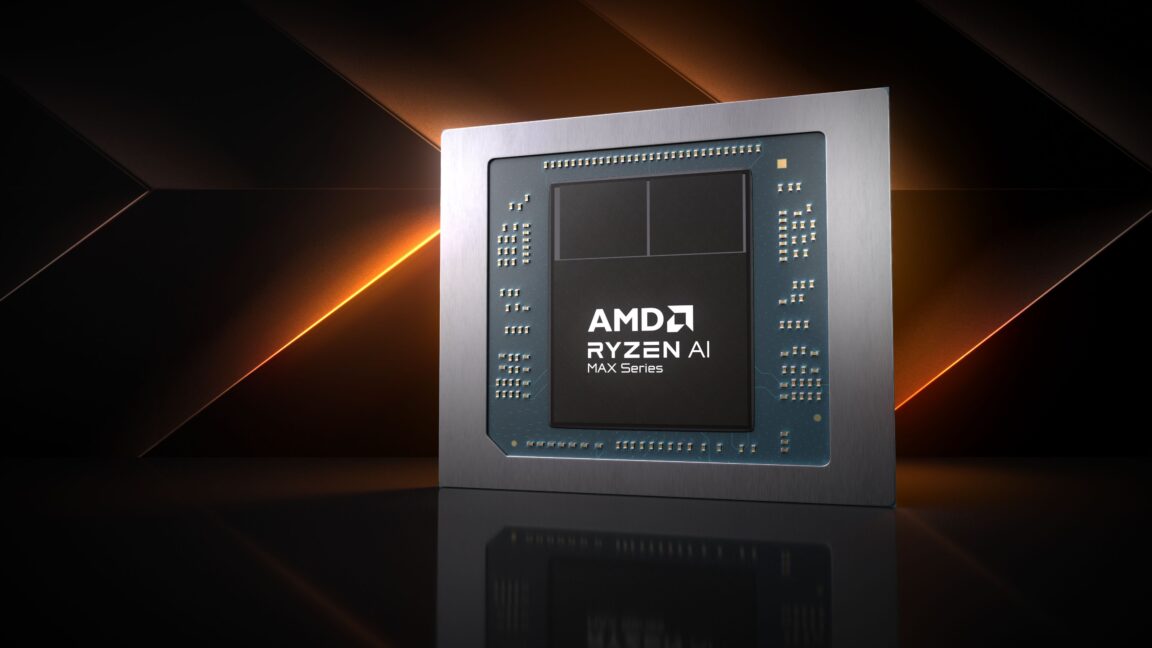
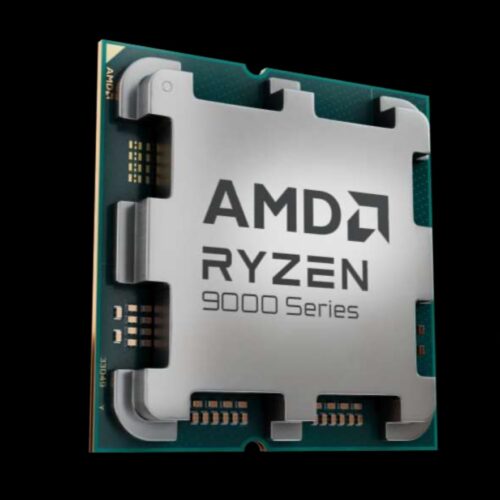
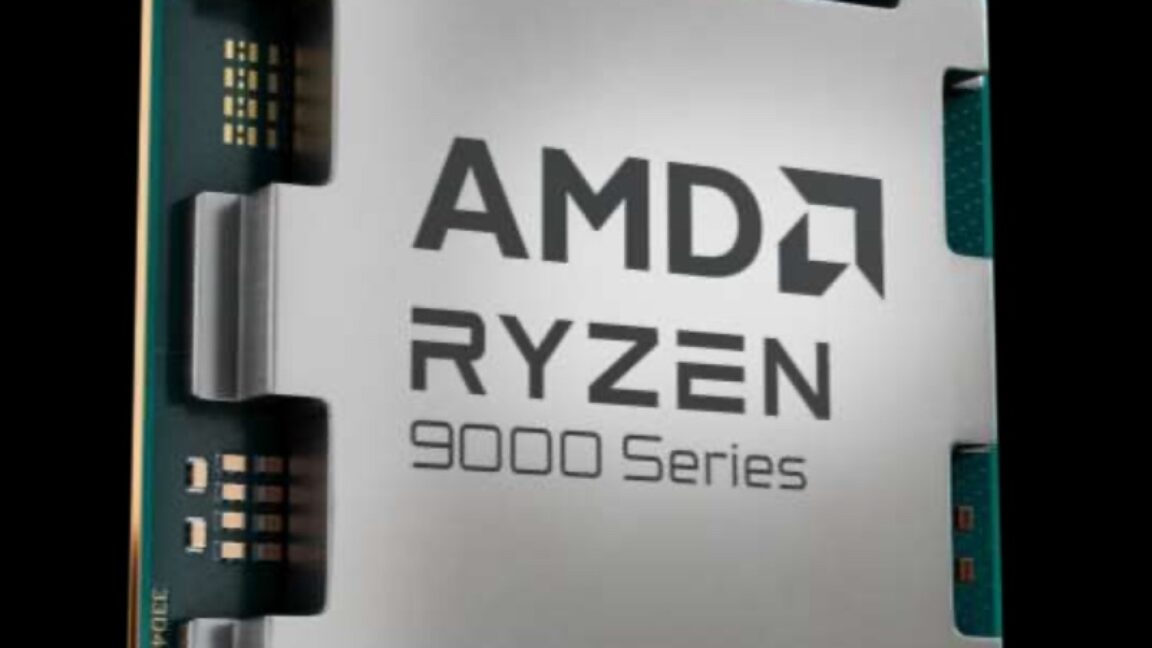
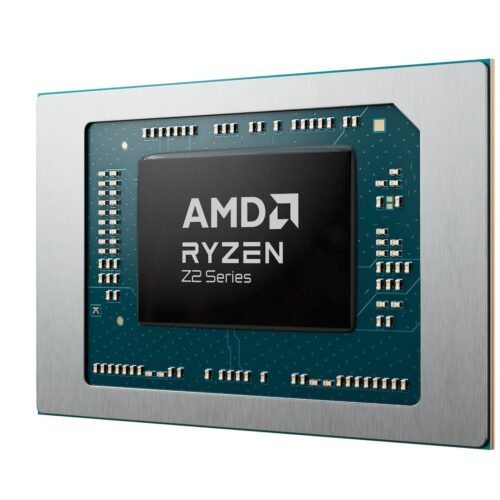

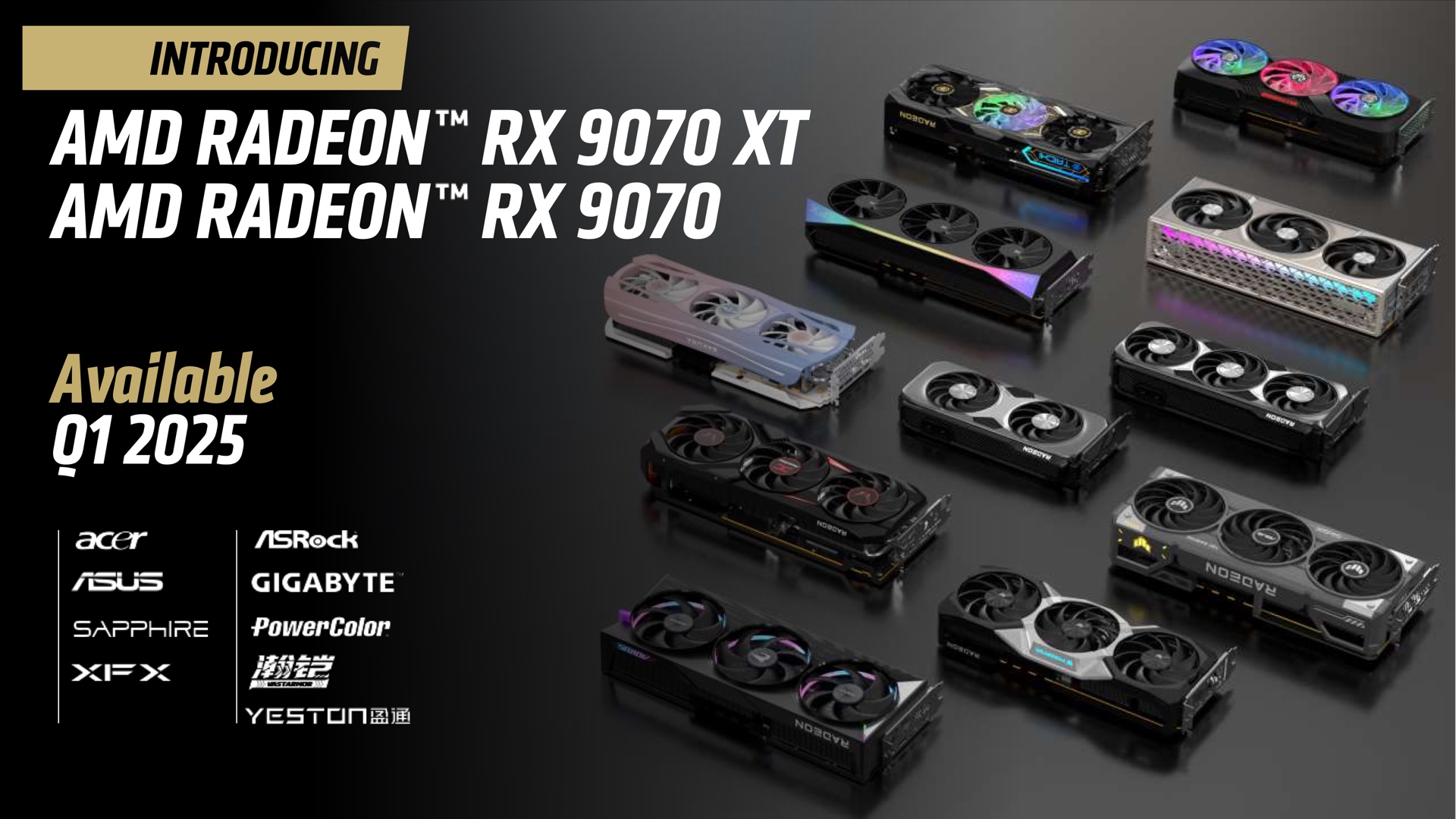 AMD's RDNA 4 launch will begin with the 9070 XT and 9070, which are both being positioned as upper-midrange GPUs like the RTX 4070 series.
Credit:
AMD
AMD's RDNA 4 launch will begin with the 9070 XT and 9070, which are both being positioned as upper-midrange GPUs like the RTX 4070 series.
Credit:
AMD
